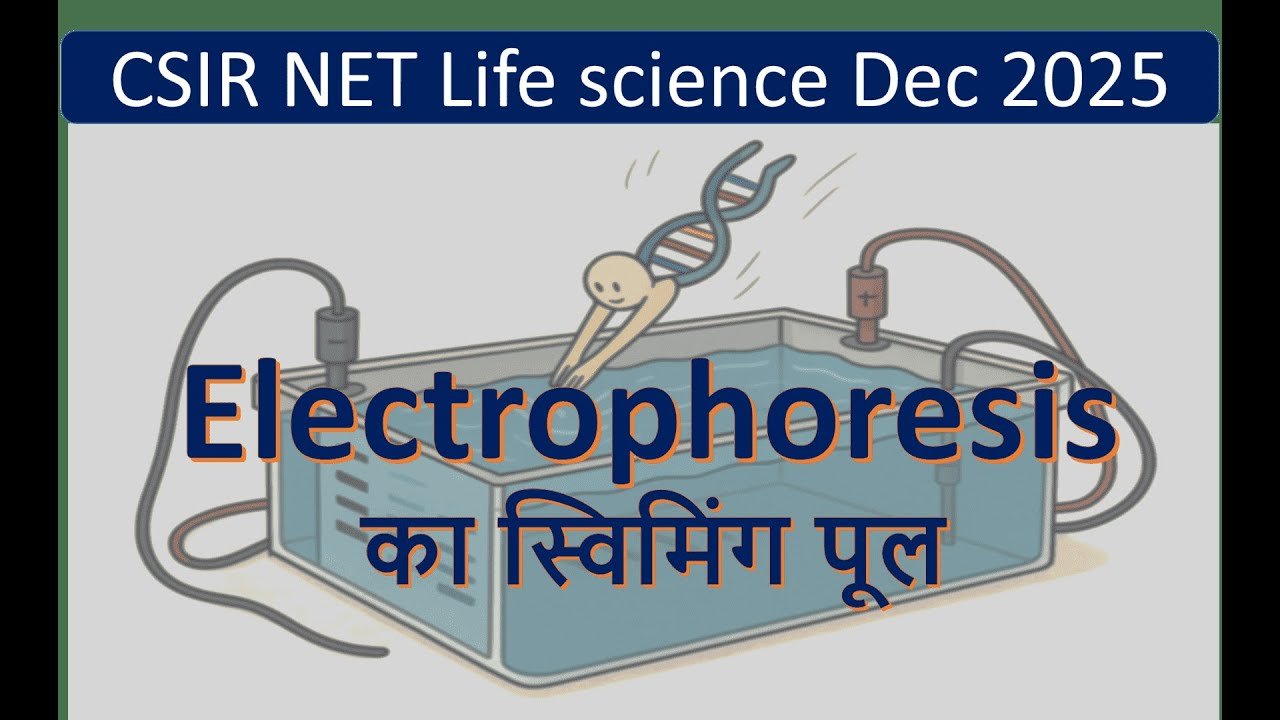
Tool & Techniques || Concepts & Facts – Mastering Experimental Biology for Exams
In modern biological sciences, understanding the Tool & Techniques || Concepts & Facts is essential for both academic success and practical lab applications. Whether you’re preparing for IIT JAM, CSIR-NET, GATE, DBT-JRF, or university exams, this topic is both high-yield and foundational. In this blog, we’ll walk you through the most important tools and techniques used in biology, their working principles, and factual highlights often asked in competitive exams.
🔬 Why Are Tools and Techniques Important?
Biology has evolved from being descriptive to being a data-driven and experimentally intensive science. To study cells, molecules, DNA, and proteins, we use various scientific tools and methods. These tools help:
-
Understand cell structures and functions
-
Identify biomolecules
-
Diagnose diseases
-
Perform genetic engineering
-
Conduct biotechnology research
🧪 Key Tools & Techniques with Concepts and Facts
1. Microscopy
Concept: Used to magnify small biological specimens.
Types:
-
Light Microscope – Common in labs; shows basic cell structures
-
Electron Microscope (TEM, SEM) – High-resolution imaging
-
Fluorescence Microscope – Uses fluorescent dyes to visualize specific molecules
Fact: TEM can magnify objects up to 2 million times.
2. Centrifugation
Concept: Separation of particles based on density by spinning at high speed.
Types:
-
Differential centrifugation
-
Density gradient centrifugation
-
Ultracentrifugation
Fact: Centrifugation is key to separating organelles like mitochondria or nuclei from cells.
3. Spectrophotometry
Concept: Measures light absorption by a sample to determine concentration.
Instruments: UV-Vis spectrophotometer
Use: DNA, RNA, and protein quantification
Fact: DNA absorbs UV light maximally at 260 nm; proteins at 280 nm.
4. Chromatography
Concept: Separates mixtures based on differences in molecular properties.
Types:
-
Paper Chromatography
-
Thin-Layer Chromatography (TLC)
-
Column Chromatography
-
HPLC (High-Performance Liquid Chromatography)
-
Ion-Exchange and Gel Filtration
Fact: Chromatography is widely used in drug development and protein purification.
5. Electrophoresis
Concept: Separation of charged molecules (DNA, RNA, proteins) in a gel matrix under electric field.
Types:
-
Agarose gel electrophoresis (for DNA/RNA)
-
SDS-PAGE (for proteins)
Fact: SDS in SDS-PAGE denatures proteins and gives them a uniform negative charge.
6. Blotting Techniques
Concept: Detection of specific biomolecules using labeled probes or antibodies.
Types:
-
Southern Blot – Detects DNA
-
Northern Blot – Detects RNA
-
Western Blot – Detects proteins
Fact: Western blotting is commonly used in HIV diagnosis.
7. Molecular Techniques
PCR (Polymerase Chain Reaction)
-
Amplifies DNA in vitro
-
Invented by Kary Mullis (1983)
RT-PCR – Used in gene expression studies
qPCR – Quantitative PCR used in diagnostics (e.g., COVID-19 tests)
Fact: PCR can amplify a single copy of DNA into millions within hours.
📘 Tips to Study “Tools & Techniques” Effectively
-
Understand the principle of each technique.
-
Make flowcharts and diagrams for processes like centrifugation, PCR cycles, or chromatography.
-
Memorize key unit values (e.g., wavelength, spin speed, gel concentration).
-
Solve Previous Year Questions (PYQs) from IIT JAM, CSIR-NET, and DBT JRF.
-
Watch animated videos for better visualization of complex techniques.
🎯 Common Questions Asked in Exams
-
Which instrument is used to measure DNA concentration? – Spectrophotometer
-
What separates DNA fragments by size? – Agarose Gel Electrophoresis
-
In SDS-PAGE, why is SDS used? – To denature proteins and provide uniform charge
-
Who invented PCR? – Kary Mullis
-
Which microscope gives 3D surface views? – Scanning Electron Microscope (SEM)
✅ Conclusion
The topic Tool & Techniques || Concepts & Facts is both theoretical and application-based. With consistent revision and understanding of principles, you can easily score well in this section of your exam. It is recommended to focus on diagrams, factual data, and conceptual clarity while preparing. Whether in the lab or on paper, these techniques form the very core of experimental biology.
Stay tuned to Aadhar Institute for more detailed notes, quizzes, and updated resources for life sciences and biotechnology exams.
